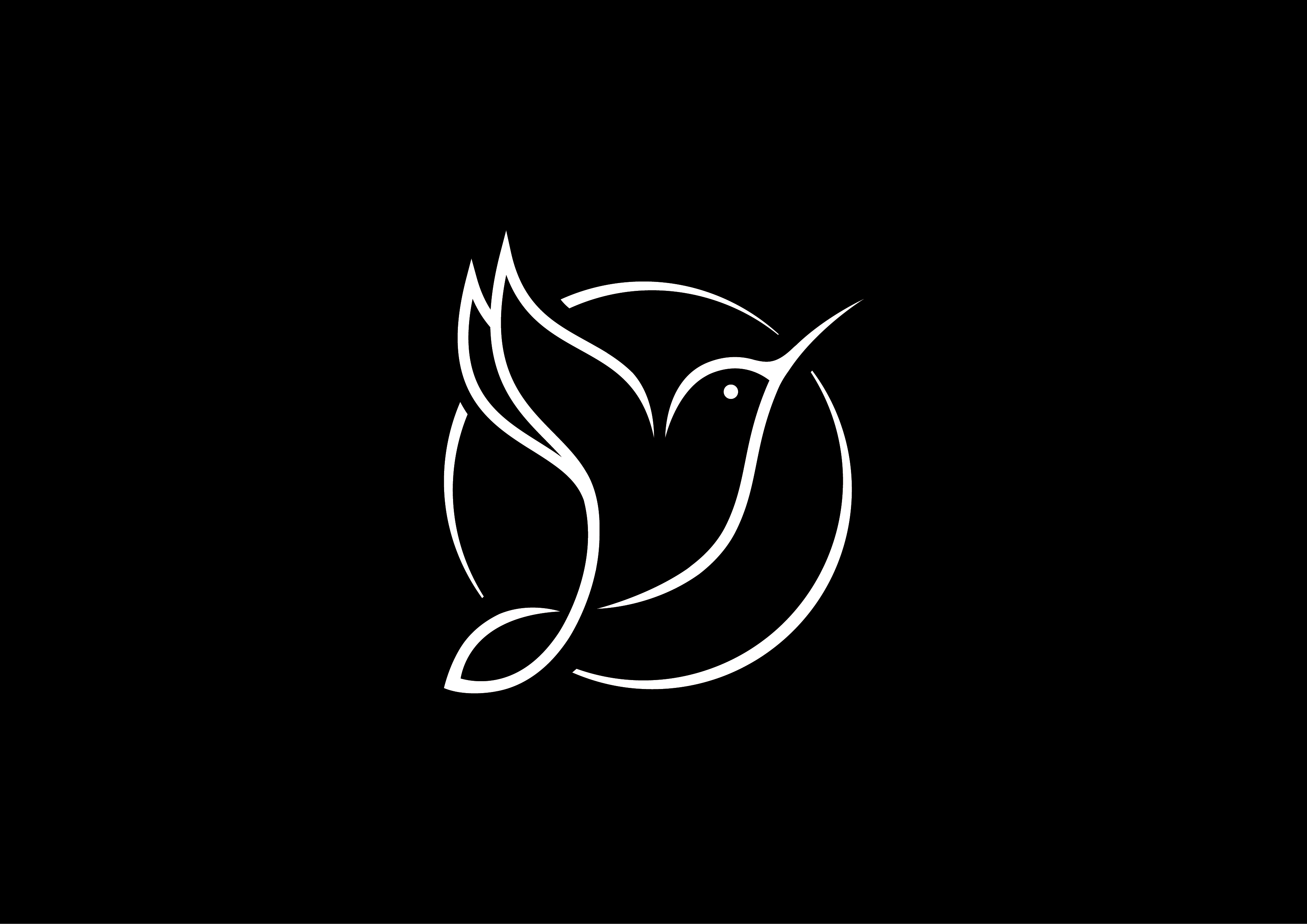Orangutan on the Edge
Orangutan are one of the closest specie of the human. They are amazing great apes living in harmony in the South east Asia rainforest since millions years.
Despite our strong connection with them, our way of life is now collapsing with their natural environnement. We are destroying their home, and the Orangutan are at the edge of the extinction.
Maxime Aliaga
" The Man of the Forest"
In Malay, Orangutan means "The Man of the Forest". It is a fascinating species, so close to us that it cannot leave us indifferent and refers us back to the very origins of man. This primate is looking like us, imposing on the flaming red hair he has something in his look and attitude that pierces and moves us. As if he were a distant cousin of the family who wanted to keep his freedom to continue living in harmony within the wilderness. In fact, scientifically speaking, we are part of the same family: the one of the Great Apes or «hominidae», as well as gorillas, chimpanzees and bonobos. We share 97% of our DNA with them.
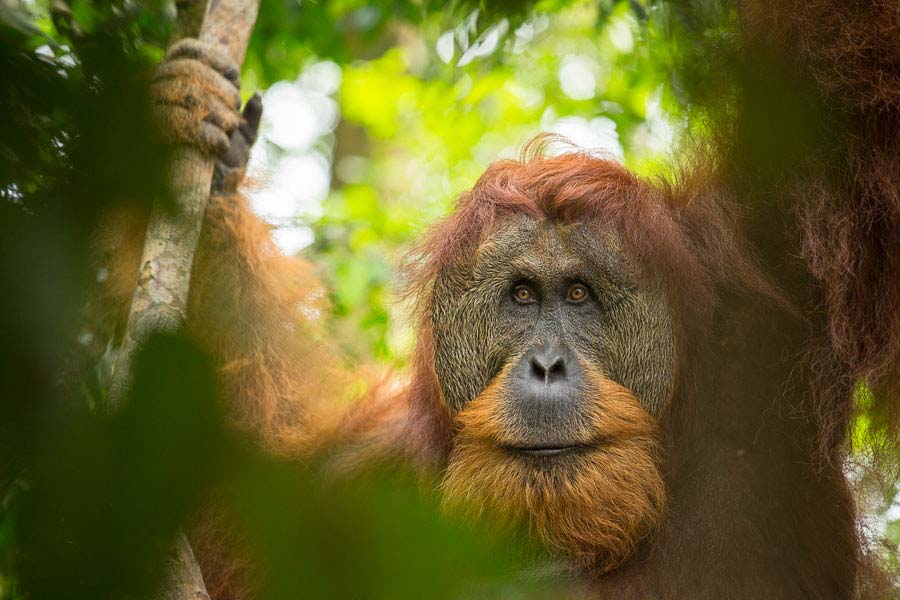
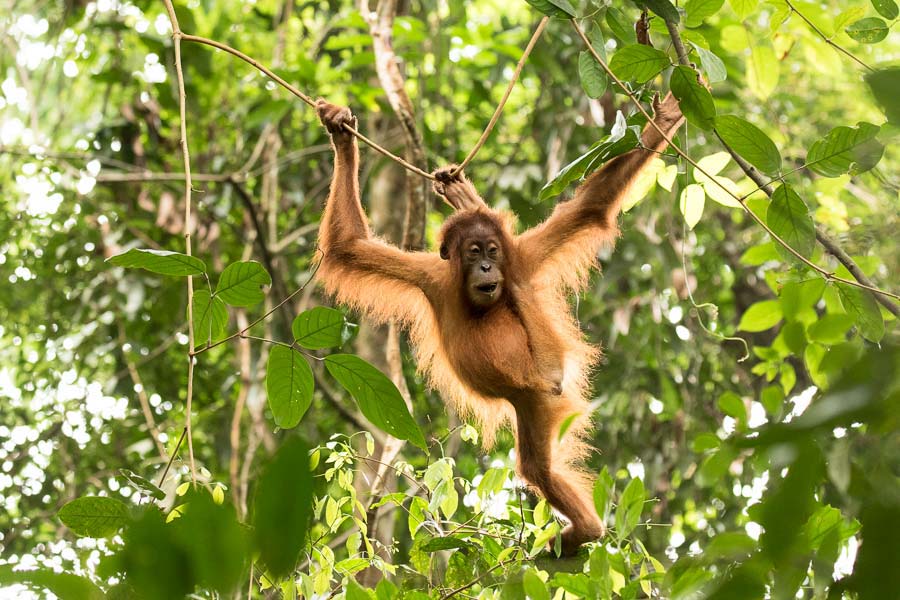
Orangutans lives only in Southeast Asia, they are distributed between Malaysia and Indonesia. All species are at critical risk of extinction. Living in the rainforests, they population have been deeclining at a rapid rate over the past fifty years. The palm oil plantations are increasingly nibbling on the original forest which is the only home of the Orangutans. If this continues, it is estimated that orangutans could disappear in the next twenty years. According to the latest estimates, there would be only less than 14,000 orangutans left in Sumatra...
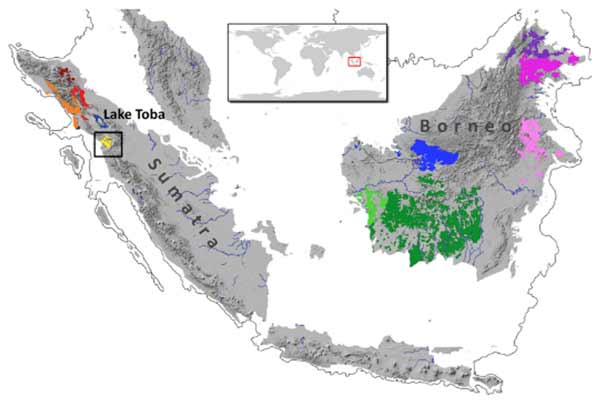
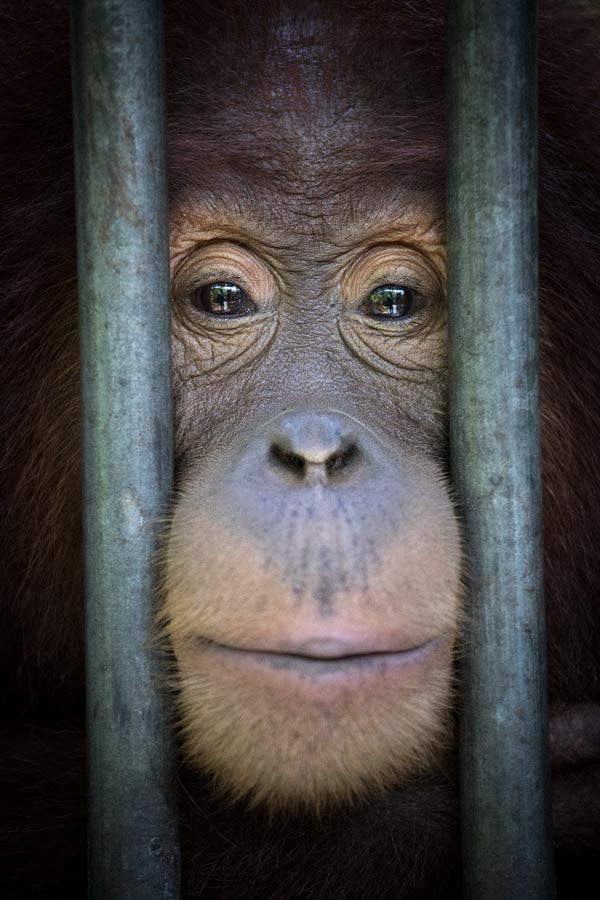
Sumatran Orangutan Conservation Program
Fortunately, some organisation are fighting on the ground to help preserve orangutans. The Sumatran Orangutan Conservation Programme (SOCP) is one of these key players. It has been in existence for about ten years and its actions are based on several axes: the protection of the natural habitat of orangutans, the study of wild populations, the re-introduction of wounded or confiscated orangutans and finally the education of the general public. The orangutans confiscated and recovered by the association, sometimes in poor physical condition, are greeted in the quarantine centre of the program. Far from being a zoo, this structure now houses more than fifty boarders, most of whom are young people under the age of five. The challenge for the centre’s teams is to educate them and encourage them to regain their wild behavior so that they can then be released into their natural habitat when they are ready.
"The program is a success, more than 200 orangutans have already been released into natural forests."
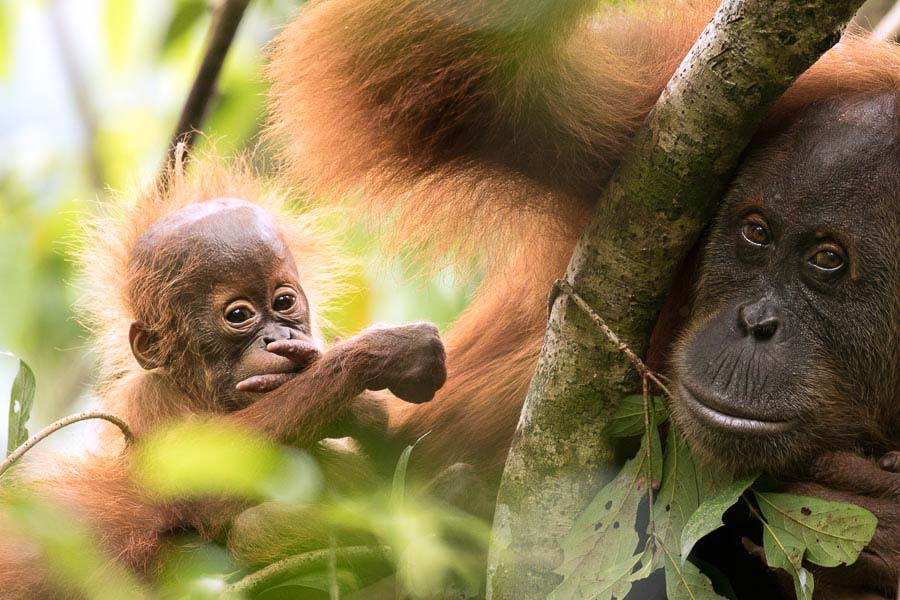
Discovered by the third species of Orangutan : The Tapanuli
At South of Lake Toba, in the forests of the Batang Toru Massif, there is a small population of isolated orangutans. Scientists have recently discovered that their morphology and DNA are different from the other two species already known. In fact, they have a smaller skull but longer canines, their coat is also brighter than these cousins. On November 3, 2017 the news fell, the Orangutan of Tapanuli (Pongo tapanuliensis) is formalized by the scientific world as the third species of orangutan. Based on extensive studies, it appears that it separated from the other two species about 3.4 million years ago. More surprising, it would be closer to the Bornean Orangutan (Pongo pygmaeus) than Sumatran Orangutan (Pongo abelii).
On assignement as photographer for the SOCP program, I was sent to the forest of Batang Toru to make images of the new Tapanuli Orangutan. I did two 10-days expeditions each in full immersion in this mountain forest. Very spartan living conditions in a makeshift camp in the middle of the forest, long walks and the difficulty of finding orangutans made these expeditions particularly challenging. Nevertheless, I managed to see and take pictures of this magnificent great apes, yet unknown to the general public. My images then went around the world to illustrate the news and introduce our new cousin to everybody.
Newlly discovered, already in danger of critical extinction!
With only 800 individuals remaining and only living in 1,100 square kilometres, this species is the most endangered great apes in the world. Despite this incredible discovery and the equally recent classification of the Batang Toru forest as a nature reserve, human pressure does not let go of its destructive grip on nature. An hydro-electric dam project, who already in construction, threatens to destroy 10% of the area. It is to be hoped that the mediatization of this new species will help to raise awareness and allow conservation of its natural habitat, which is a priority in order to allow this new species to survive.
